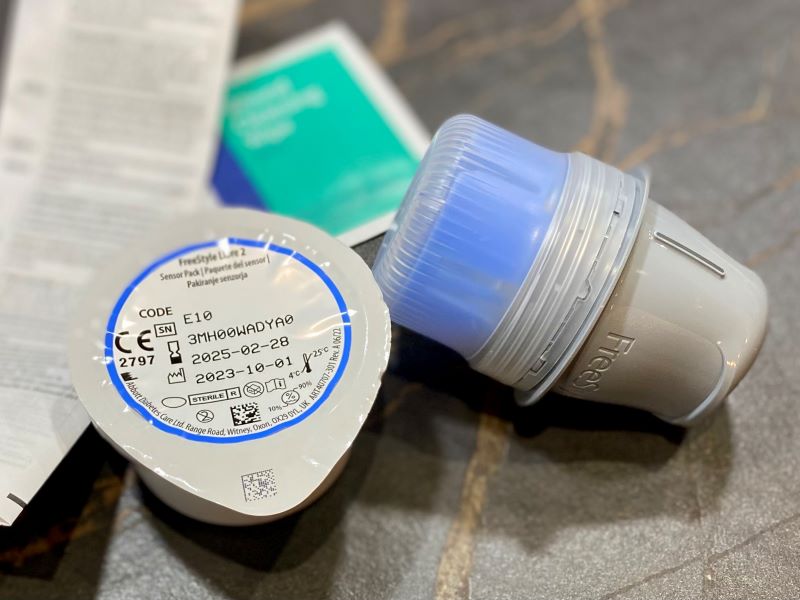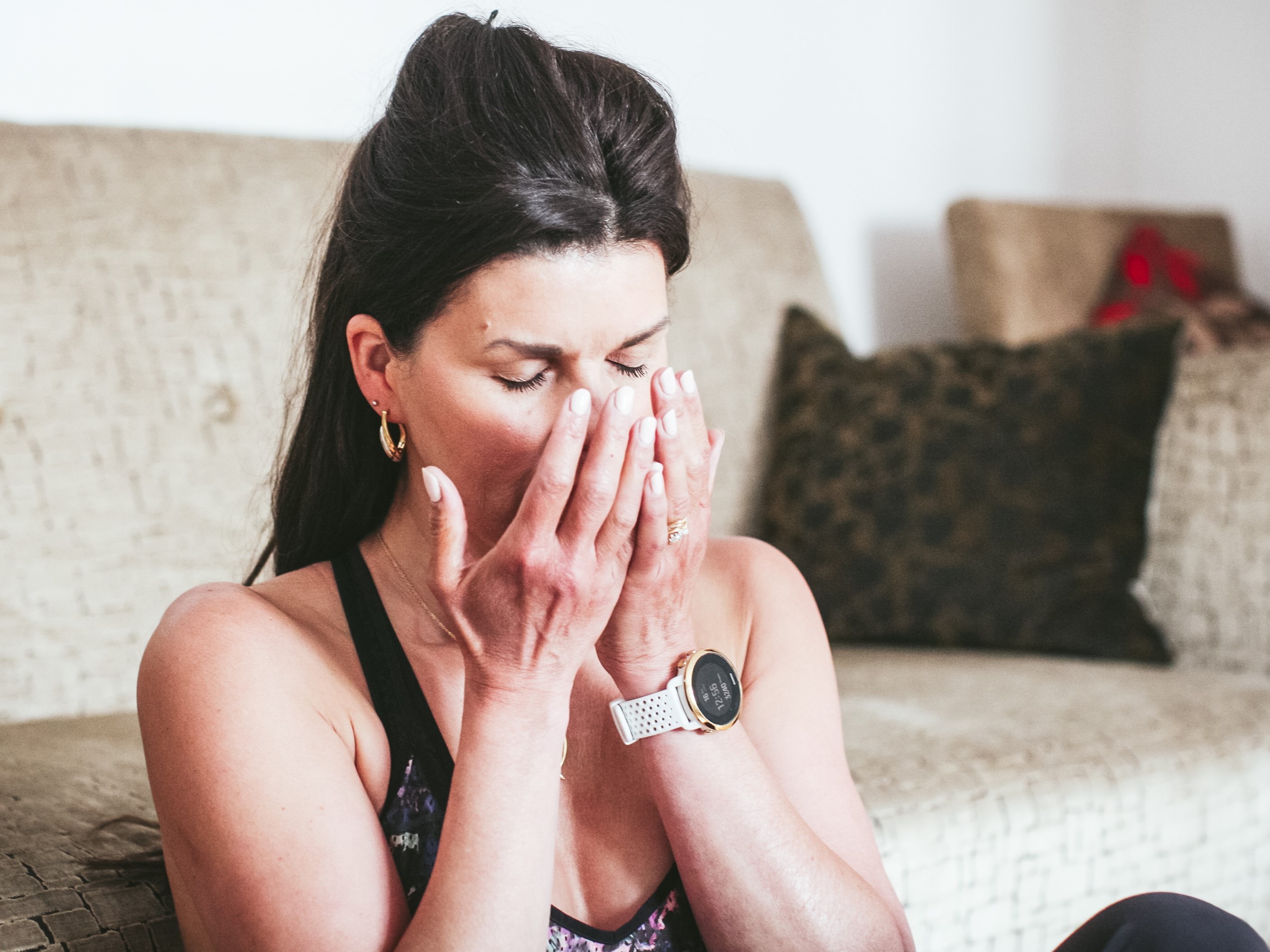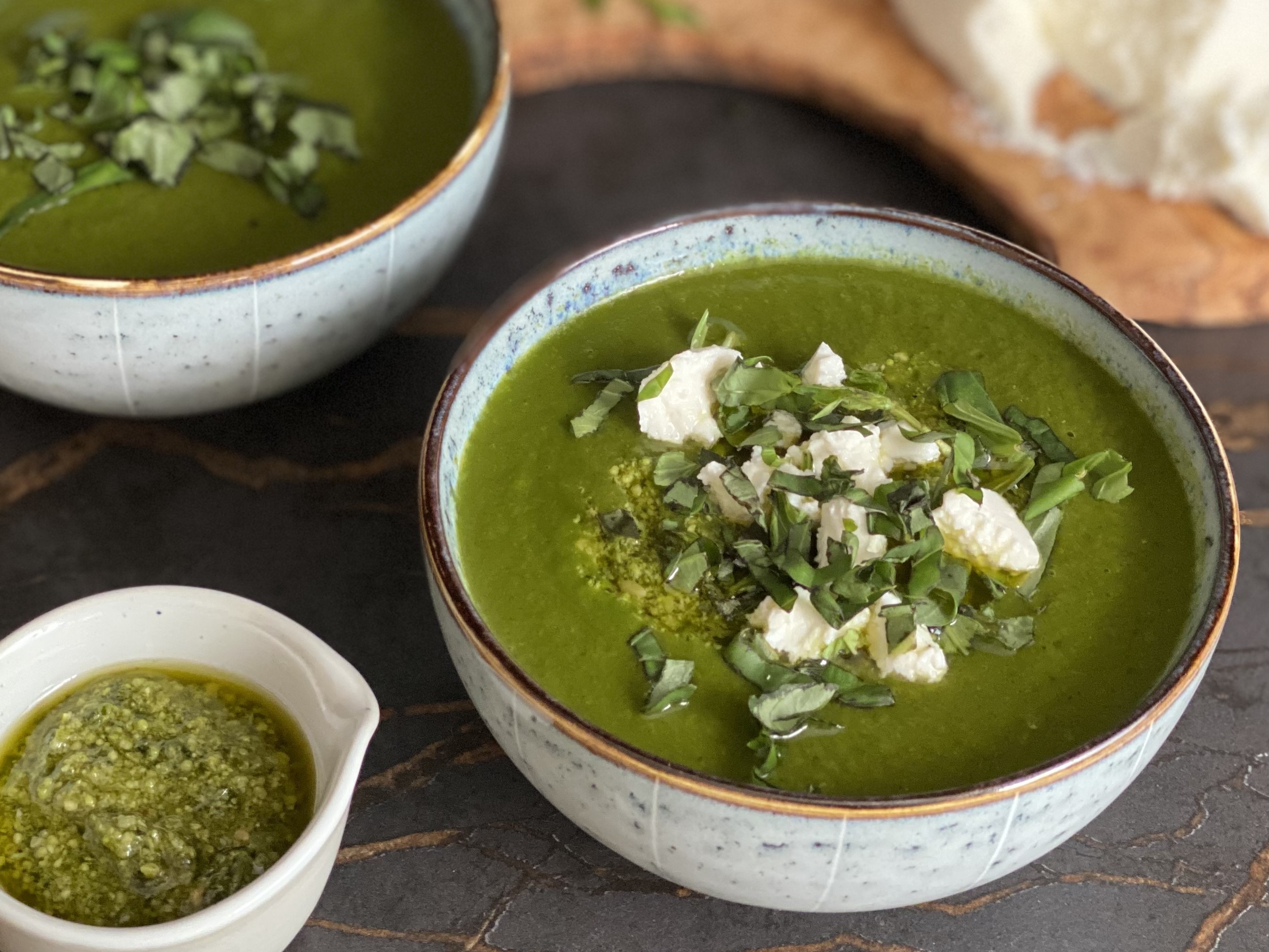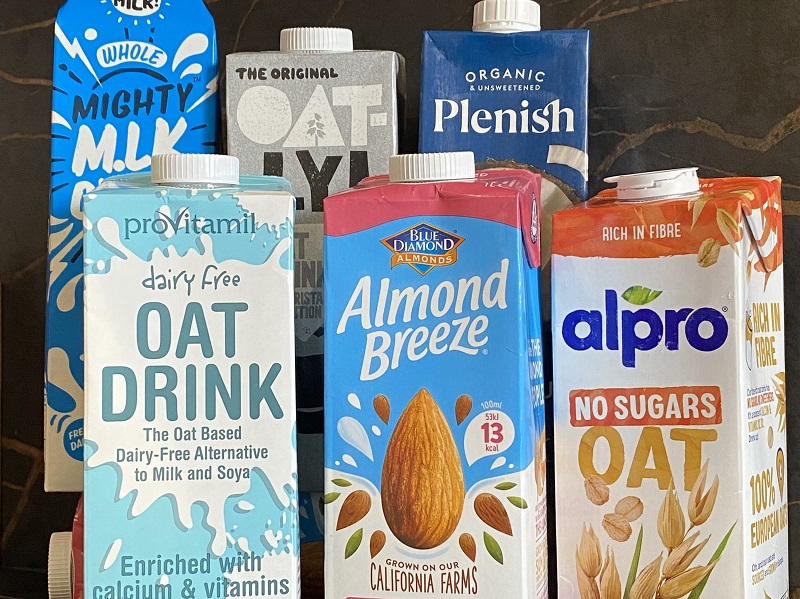Continuous blood glucose tracking devices or CGMs have become the latest “must-have” accessory and with the unbelievably prolific marketing of ZOE many people now assume this is the best way to get their hands on a monitor.
ZOE probably plays into the hands of the “worried well”, who can afford the monthly costs and, typically, lead very busy lives. I can see how tempting it is to believe that the ZOE programme can make eating well seem less overwhelming but essentially it means abdicating personal responsibility for wellness and having decisions made by data, which, at best, is probably so-so!
But let’s start with a crucial question – do you have a real suspicion that your blood sugar might be out of control? Do you have any of the common symptoms associated with type 2 diabetes?
If you are answering yes to the above then definitely your first port of call should be your GP. They will be able to carry out an HBA1c test which will give you an indication of your blood glucose levels over the last three months.
This is where my journey began … After a period of feeling completely out of sorts – anxious, wired and exhausted, largely due to steadily worsening insomnia – my GP arranged the test for me. He then contacted me very quickly with my results; I was on the cusp of type 2 diabetes!
In my case there’s a genetic/hereditary component, but the preceding year, which had been full of additional stresses, was definitely what tipped the scales for me. Still, I wanted to know if there were any clues in my diet, especially as I’ve always had a low sugar intake!
I considered the ZOE research trials but, as I already work with labs who can test my gut microbiome and hormones, I decided I just wanted to purchase a monitor and analyse these results myself. So, I did my research – there are quite a few Glucose Monitors out there – and ordered a month’s supply.
In that first month I kept my diet pretty much the same – I was looking for lifestyle and dietary clues to my high blood sugar score after all. And, there was a lot to get curious about; big spikes after hot beverages with oat milk, even caffeine free ones, and a huge variation in blood glucose response depending on what time of day I ate certain foods. I was also able to test the effects of several botanical supplements including Mulberry and Berberine.
I know my tendencies towards perfectionism and, initially, I noticed that I felt competitive towards my monitor!!!! I tried to eliminate even small spikes and got irritated when my readings went up after small quantities of carbohydrate. But as the month went on, I became more accepting, and annoyance was replaced with intrigue. Things that seemed puzzling needed to be investigated and slowly I started to build a much clearer understanding of how my body handles different foods, at different times of day and with varying levels of physical activity. Moreover, whilst we do want to reduce sharp spikes, our blood sugar is never going to be a flatline!
I made small changes and saw phenomenal improvements – switching from oat milk to almond milk, for example!. I’m intolerant to cow’s milk but full-fat cow’s milk is most likely to have the least impact on your blood sugar if you can tolerate it.
After my own initial experiences, I was acutely aware that wearing a CGM could trigger dietary anxieties around food and fuel unhelpful restrictive behaviours. So, I thought carefully about encouraging clients to wear one during my Metabolic Reset programme.
I felt it would be important for my group to avoid comparing their readings with each other, and to resist tendencies to judge their readings as good or bad. So I tried to encourage an inquisitive rather judgemental mindset from the outset. But I didn’t need to worry; my first group immediately demonstrated a smart and level-headed approach. Rather than me having to explain individual results, they’ve demonstrated that they can figure out their results based on the learning provided. It’s been exciting to see the “penny drop” in such a defining way for everyone and it’s given me confidence that this was the right approach.
Personally I think that wearing a CGM, from time to time, can provide powerful insights into our blood sugar response – not just to different foods but also our eating behaviours and a huge array of lifestyle factors. And, for anyone who takes a curious approach, wearing a CGM can be an incredible motivator for positive change.
However, tracking and monitoring our food and blood glucose readings all the time does increase the risk of diet-related anxieties and is likely to diminish our ability to eat intuitively! I certainly don’t intend to wear one too often, but I did choose to wear one over Christmas, when I knew I’d be ski-mountaineering and working physically hard in cold conditions; I just wanted to see, that’s all!







